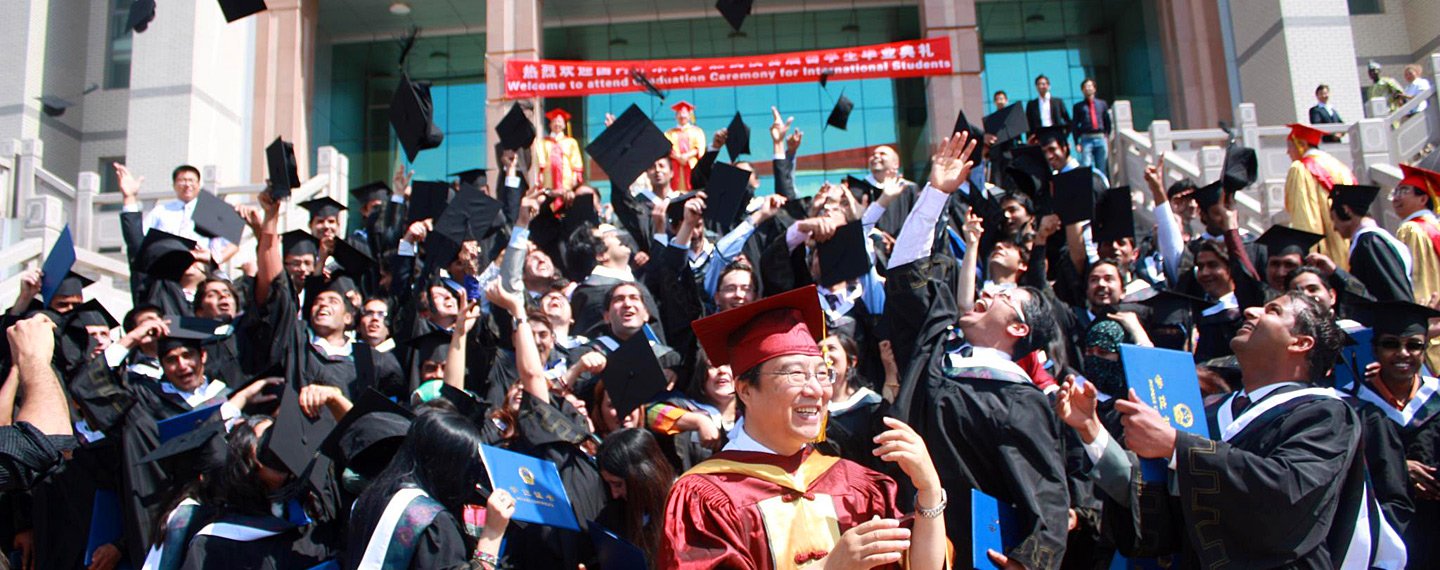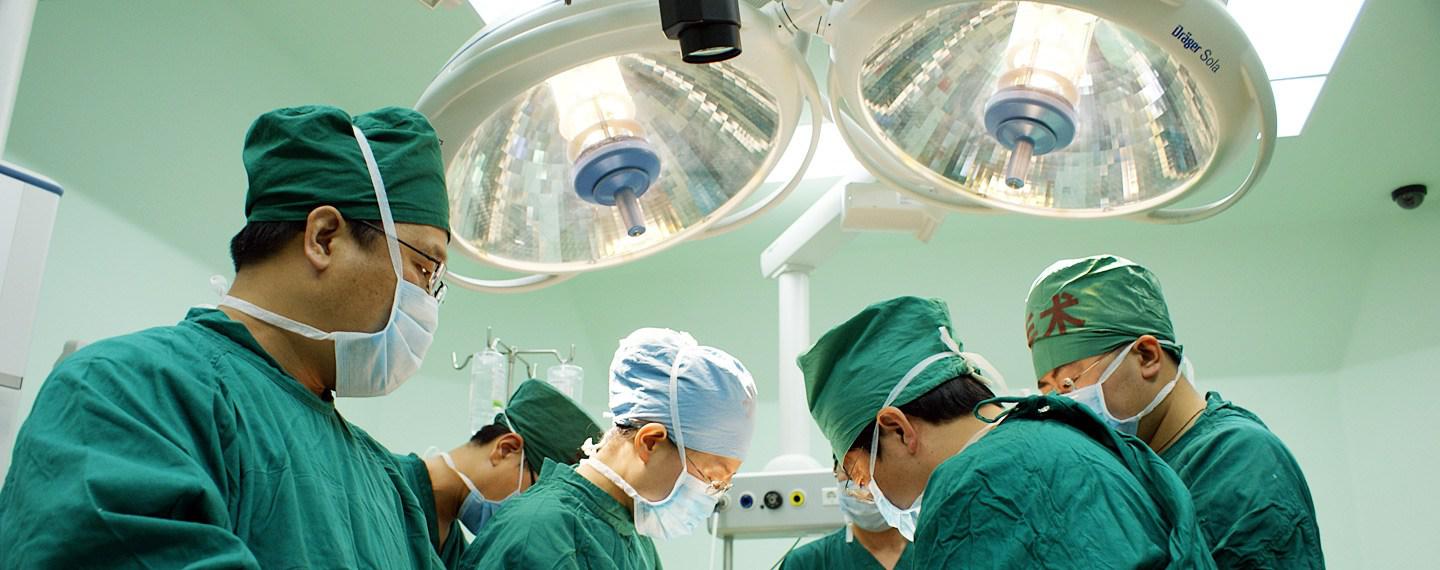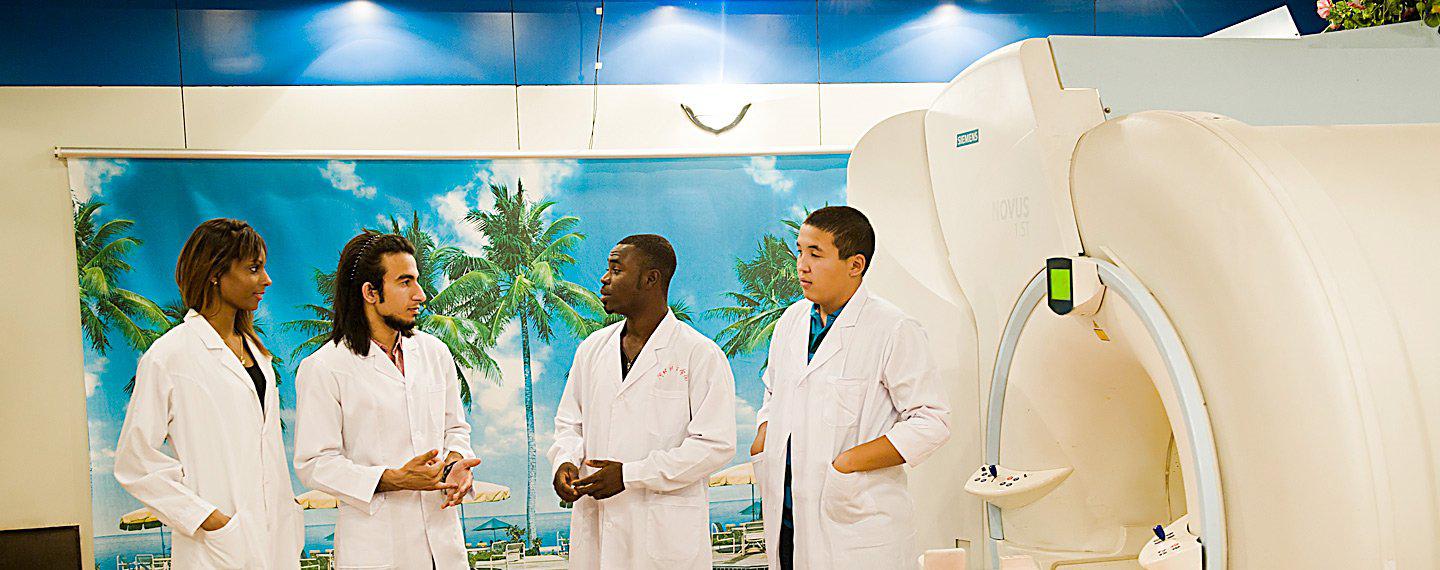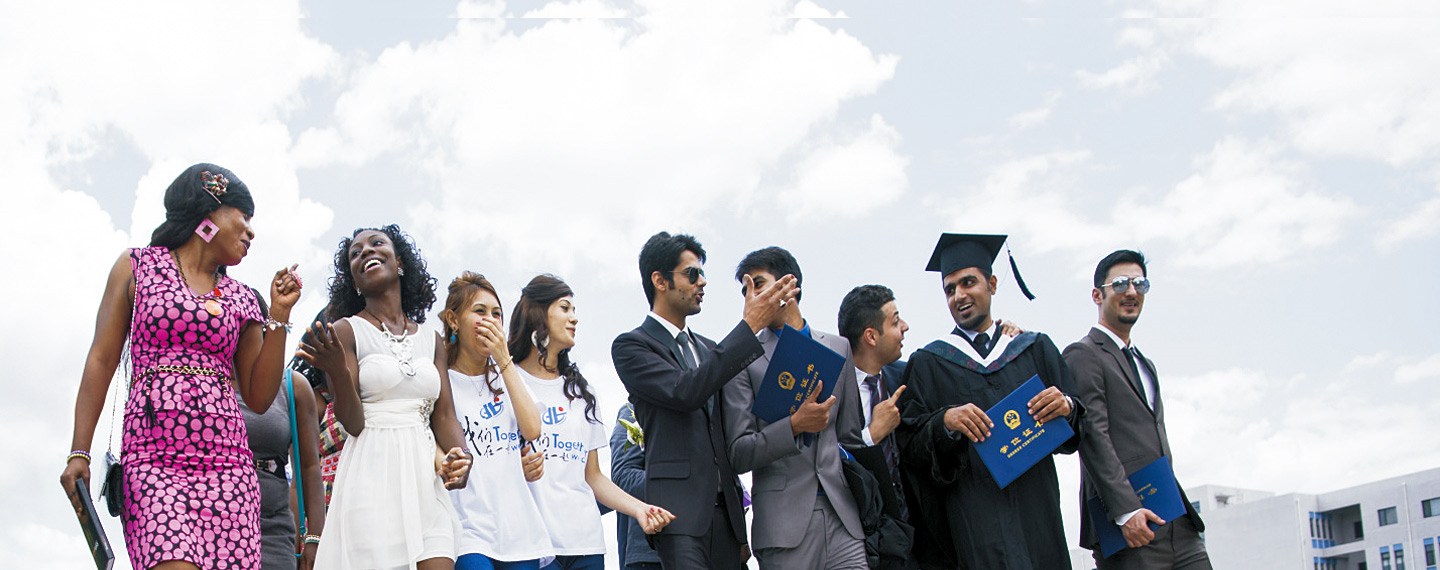 Your Position:
Your Position:
Institute of Pathogen Biology and Immunology
Time:2014 08 02 Click:7283
Department of Microbiology and Immunology is a College Research Institute that was organized by using laboratories of Microbiology, Immunology, and Parasitology. There are 24 persons: 4 professors, 8 associate professors, 11 master’s degree holders, 3 persons pursuing their Ph.D. degrees. In recent years, four people were sent to Canada and the United States for further studies; many of our people go to the famous domestic scientific research institutes for further studies. The institute has made the close relations of cooperation with the relevant units and individuals at home and abroad. It successively presided over and participated in 13 subjects, which were 2 provincial natural science foundation projects, 1 “ project 863” of national science and technology commission, 1 national natural science foundation project, 7 departmental level projects, and 2 college-level projects. For nearly three years, dozens of papers were published in the core journals, getting awarded twice for placing second The Advancement of Science and Technology Competition in Zhangjiakou. The institute has gradually formed a research team with of reasonable structure of personnel and knowledge, a clear research direction, and a lot of research experience.
The department has already started to work around the four research directions, and it has achieved very pleasant results. In the studies of Haemophilus influenzae, we have carried on a thorough study of pathogen characteristics, confirmation methods and drug resistance of Haemophilus influenzae, and preliminary made a discussion on the relationship between Haemophilus influenzae pathogen and the infection. In addition, we established the molecular biology identification of Haemophilus influenzae and the molecular epidemiology method and placed second in The Advancement of Science and Technology Competition held in Zhangjiakou in October 2003.
In the studies of the related research of Pneumocystis carinii infection immunology and TCM treatment, we mastered the technology such as PCP rat model copy, rat Bronchoalveolar lavage, PC cyst and Trophozoite dyeing & counting. And we made the preliminary analysis about the changes in the cells of PCP rats and PCP rats treated with TCM, biochemical indexes and the changes of the ultrastructure of lung tissue pathology, effects on the ultrastructure of PC cyst made by TCM.
In the studies of MBL, we had the preparation of monoclonal antibody (McAb), set up the ELISA method of MBL detection and the MBL gene point mutation detection method, and analyzed the MBL level of different race and its coding gene mutation. We also have cloned the MBL gene by genetic engineering technique, had the preparation of the restructuring of the MBL, and developed a new type of biological agents for clinical anti-infection treatment.
In the studies of the NDV antitumor mechanism, we confirmed the NDV roles in the specific adsorption and killing effect on tumour cells by tumour cells culture in vitro; we observed the sensitivity to heat of NDV receptor at the tumour cell membrane surface and the relationship between a series of regulatory factors within the tumour cells and NDV infection.
The next step
We at the moment are further researching the H. influenzae P6 protein expression in E. coli and the preparation of monoclonal antibodies, and the structure and function of the MBL, and the relationship with clinically related disease. In addition, we will make the separation of PC cyst, discuss the technology of culture in vitro and establish the detection method of the preparation of a monoclonal antibody, and further, discuss the NDV antitumor mechanism and develop the biological agents.
The department has already started to work around the four research directions, and it has achieved very pleasant results. In the studies of Haemophilus influenzae, we have carried on a thorough study of pathogen characteristics, confirmation methods and drug resistance of Haemophilus influenzae, and preliminary made a discussion on the relationship between Haemophilus influenzae pathogen and the infection. In addition, we established the molecular biology identification of Haemophilus influenzae and the molecular epidemiology method and placed second in The Advancement of Science and Technology Competition held in Zhangjiakou in October 2003.
In the studies of the related research of Pneumocystis carinii infection immunology and TCM treatment, we mastered the technology such as PCP rat model copy, rat Bronchoalveolar lavage, PC cyst and Trophozoite dyeing & counting. And we made the preliminary analysis about the changes in the cells of PCP rats and PCP rats treated with TCM, biochemical indexes and the changes of the ultrastructure of lung tissue pathology, effects on the ultrastructure of PC cyst made by TCM.
In the studies of MBL, we had the preparation of monoclonal antibody (McAb), set up the ELISA method of MBL detection and the MBL gene point mutation detection method, and analyzed the MBL level of different race and its coding gene mutation. We also have cloned the MBL gene by genetic engineering technique, had the preparation of the restructuring of the MBL, and developed a new type of biological agents for clinical anti-infection treatment.
In the studies of the NDV antitumor mechanism, we confirmed the NDV roles in the specific adsorption and killing effect on tumour cells by tumour cells culture in vitro; we observed the sensitivity to heat of NDV receptor at the tumour cell membrane surface and the relationship between a series of regulatory factors within the tumour cells and NDV infection.
The next step
We at the moment are further researching the H. influenzae P6 protein expression in E. coli and the preparation of monoclonal antibodies, and the structure and function of the MBL, and the relationship with clinically related disease. In addition, we will make the separation of PC cyst, discuss the technology of culture in vitro and establish the detection method of the preparation of a monoclonal antibody, and further, discuss the NDV antitumor mechanism and develop the biological agents.
RELATED BLOG










